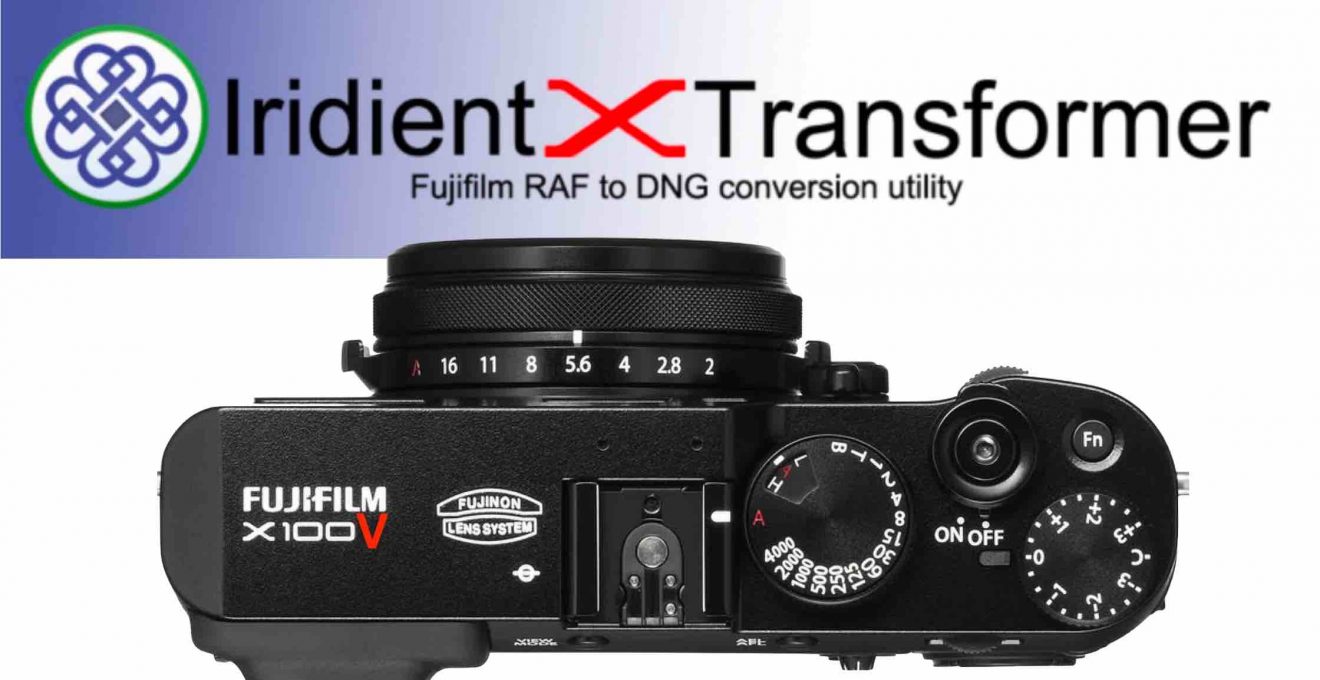
- #Iridient developer for olympus review for mac
- #Iridient developer for olympus review pro
- #Iridient developer for olympus review mac
The sharpening algorithm might highlight macro contrast more than fine detail, but it also doesn’t display obvious watercolor artifacts. On1 surprises by putting in a very nice performance. Lightroom isn’t quite as detailed, and in some cases does display the worm-like watercolor effect, but it’s quite minor overall, and wouldn’t be visible in print (or in a web size reduction). X-Trans RAW comparison 1 – 100% crops X-Trans RAW comparison 2 – 100% cropsĪs you can see, Iridient pulls the most detail out of both images here, with little presence of the dreaded watercolor effect.
#Iridient developer for olympus review pro
Below are two comparisons of fine foliage detail with Lightroom, Iridient X-Transformer, Capture One Pro 10 and a new entrant: ON1 Photo Raw 2017. Once one of the better converters for X-Trans, it now doesn’t resolve the same level of detail that the other converters can. Capture One, on the other hand, doesn’t seem to have done a lot recently to improve things.

At one time, Lightroom conversions were truly awful for fine foliage detail, but they’ve made pretty good strides. Lightroom has also continued to improve over the years.
#Iridient developer for olympus review mac
This works quite well, and gives Windows users the excellent detail extraction on X-Trans that Mac users have had for a while now with Iridient Developer. Thankfully, Iridient is starting to make its way to Windows machines, and the currently available Irident X-Transformer tool will create a DNG file with the Iridient development, which can then be imported into Lightroom and processed as normal, but with the demosaicing by Iridient.
#Iridient developer for olympus review for mac
For Mac shooters, Iridient Developer has consistently been the best RAW converter for Fuji files, yielding high detail images with little to no visible watercolor effect.


That said, the effect is still present with this sensor in some situations, but how prominent it is depends largely on your RAW converter. With the 24 megapixel sensor in the X-T2 and X-Pro2, the effect isn’t as noticeable in most situations as it was with the earlier 16 megapixel sensor. As I’ve mentioned in other reviews, the X-Trans filter array can sometimes cause some artifacts that are often called the ‘watercolor effect’ on fine foliage or grass details with certain RAW converters. The Fuji lenses continue to be excellent on this sensor, and fine detail is noticeably increased over the 16 megapixel Fuji bodies. This 50% increase in total pixels adds a bit more than 1000 pixels in the horizontal direction to give a nice boost for fine detail for larger reproductions. The X-T2, like the X-Pro 2 before it, joins what appears to be the sweet spot in sensor resolution for APS-C sensors: 24 megapixels. Scioto at Dawn in January – Fujifilm X-T2 with Fujinon XF 23mm f/2 R WR f/11 Noise and Detail I’ll talk a bit more about JPEGs and film simulations a little later on this page. The Fuji Film Simulations produce very pleasing colors that attempt to emulate their popular film stocks, and for the most part they succeed well. RAW files take adjustment very well with regards to color and tonal transition, while JPEG files are simply outstanding in their color reproduction. The X-T2 still has the same outstanding color response that the X-Series has become known for, with rich color and fantastic tonal response. Fuji has allowed you to tweak the tonal curve a bit more, however, offering greater latitude in adjustment in camera to push and pull highlights and shadows to create the contrast curve best desired for the final image. In any case, the range of the sensor is excellent, and it can capture the complete range of tones in the vast majority of shooting situations. The dynamic range of the sensor is largely in line with the earlier X-Trans sensor, though with some slight improvement. While there is nothing new to report with regards to the X-T2, it still holds up today as an excellent APS-C sensor that gives image quality close to many Full-Frame sensors. This is a 24 megapixel APS-C sensor that proved to have excellent dynamic range and detail, with good noise control for an APS-C sensor. The X-T2 features the same X-Trans III CMOS Sensor that first debuted with the X-Pro2.

Due to the identical sensor and image quality, portions of this section were duplicated from the X-Pro 2 review.


 0 kommentar(er)
0 kommentar(er)
